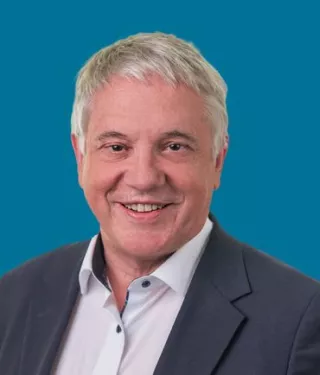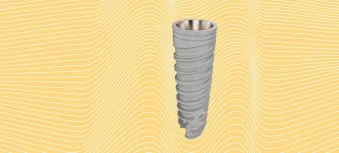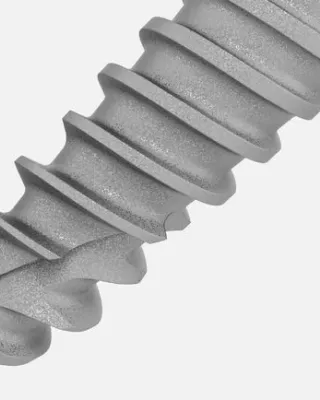
Why Dr. Paul Weigl says there is “no alternative” to NobelActive® 3.0
Dr. Paul Weigl runs research and development projects to develop effective and minimally invasive therapy concepts for predictable esthetic results borne on implants. Since 2012, Dr. Weigl has helmed the Department of Postgraduate Education at Goethe Dental School (Frankfurt, Germany). He also serves as program director for Master of Oral Implantology.
In 2021, Dr. Weigl presented the results of a clinical study with five-year follow-up at the 30th Annual Scientific Meeting of the European Association for Osseointegration (EAO Digital Days).
We recently joined Dr. Weigl to discuss NobelActive 3.0 and why it is his implant of choice for immediate placement and provisionalization cases in the anterior.
“This implant solved the problem for small teeth and small gaps in bone.”
When asked why Dr. Weigl chose to continue using NobelActive 3.0 after his five-year follow-up study, he said, “I think this is the wrong question. I have to because this implant system solved the problem for small teeth and gaps in bone, and we have no alternative. The only alternative is a one-piece implant system. And [that] gives us a lot of struggle and hassle to make very, very nice esthetics.”
Clinical study: Immediate provisionalization in the esthetic zone with narrow diameter implants – 5-year results”
After five years of placement, NobelActive 3.0 demonstrated high cumulative implant survival (96.5%) and success rates (95.2%).

What is unique about NobelActive 3.0 compared to other narrow implants on the market?
Dr. Weigl says the unique aspect of NobelActive is its apical body and the apex with its “so-called variable thread design. [We] can say also ‘very active’ that design, which also works in spongy bone and this is the reason that we get mostly primary stability over 35 Ncm. And this means we have a go for immediate loading.”
Read about Nobel Biocare immediate solutions.
Case study: Restoring 19-year-old patient’s missing lateral incisors with NobelActive 3.0
Read a case study of a young patient with congenitally absent lateral incisors rehabilitated with NobelActive 3.0.
